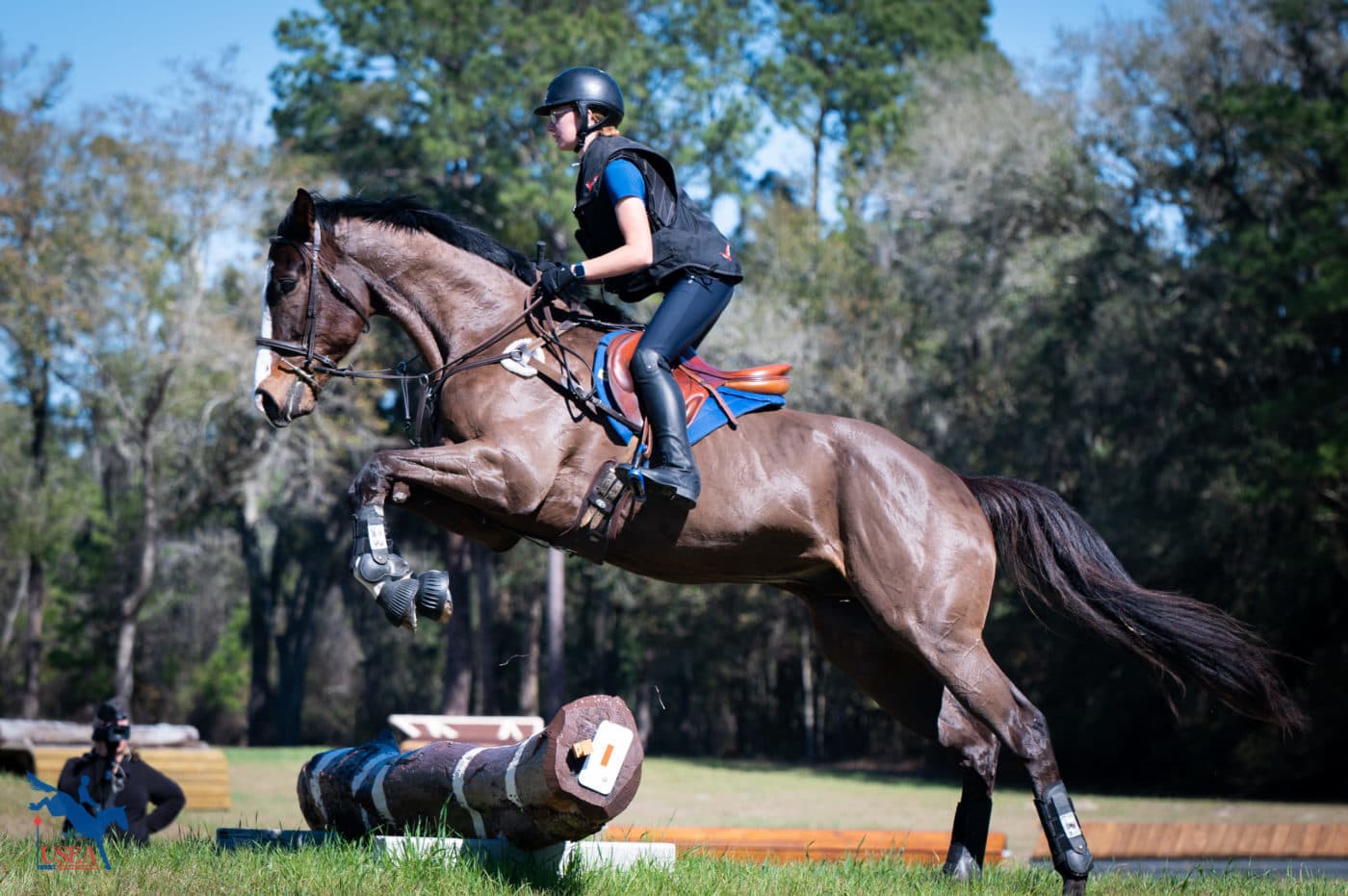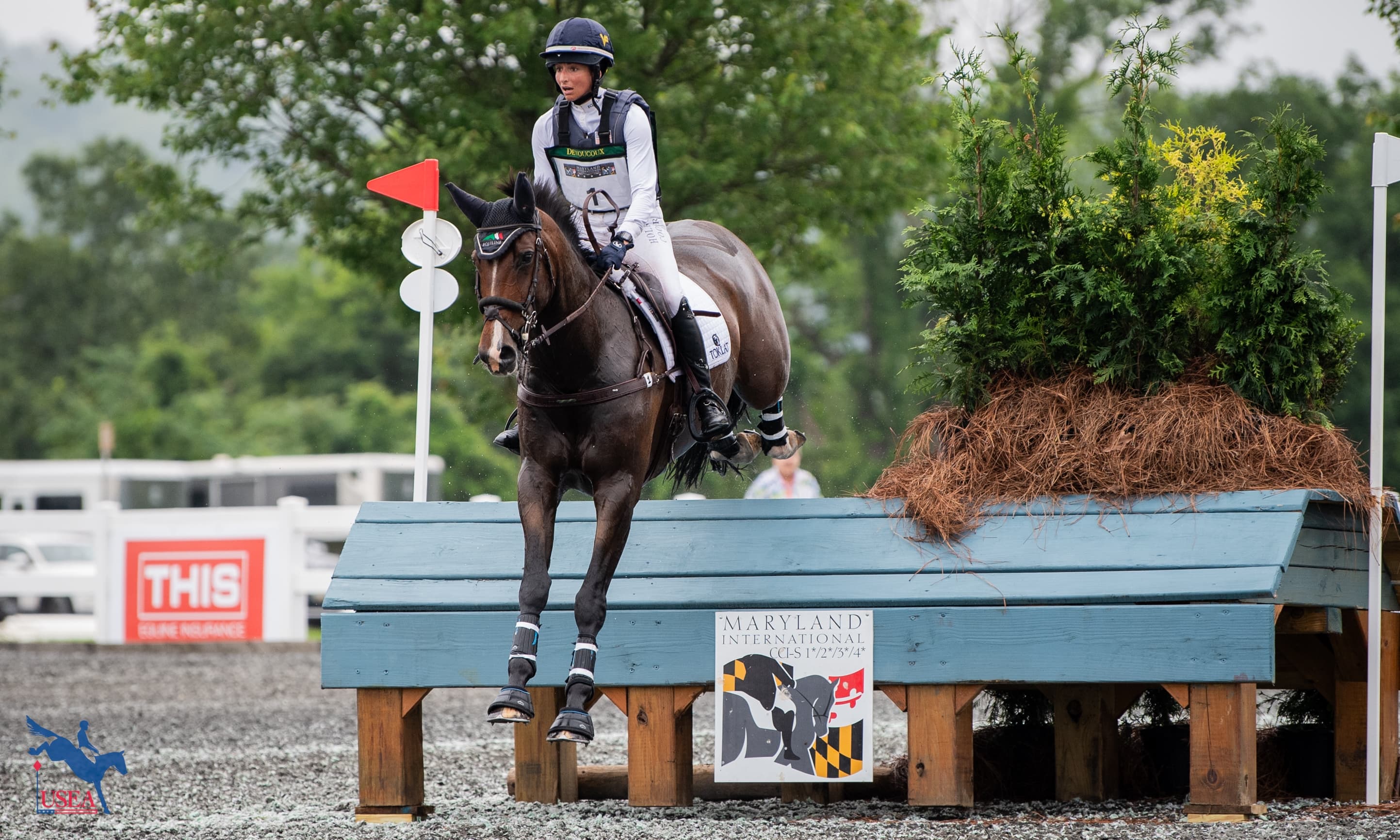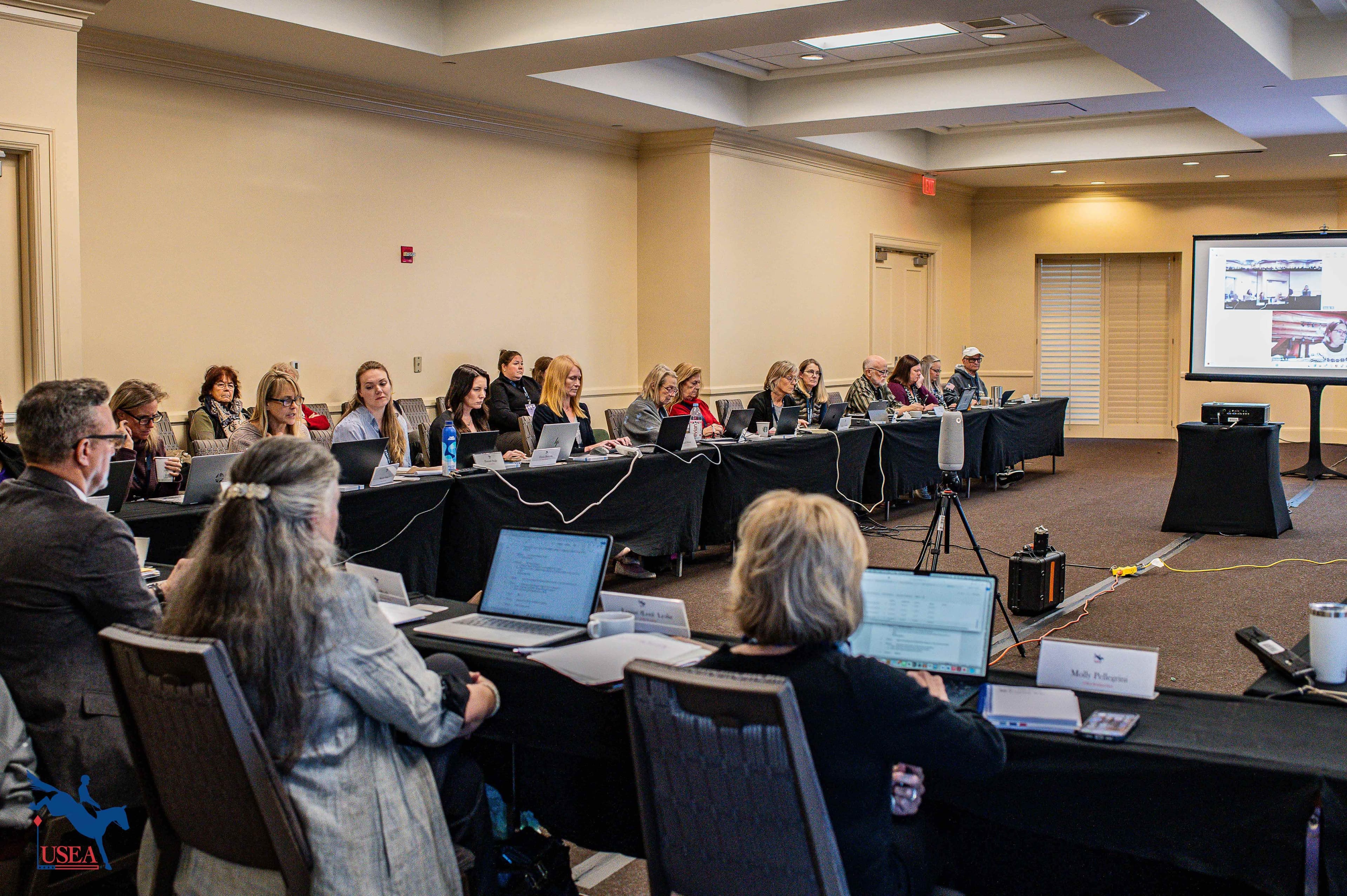The Importance of a Secure and Balanced Position in all Three Eventing Phases

“The highest priority must be given by instructors to developing in their riders a correct, balanced, supple, effective, and independent seat for dressage and for jumping.” - “Teaching Principles” in the new ECP Eventing Handbook by the Levels
What is a secure and balanced position? Why is it important? How do you achieve it? Instructors and riders do not always pay sufficient attention to the balance, security, effectiveness, and independence of the rider's position, which constitute their "seat." Attaining these qualities, so necessary to safely and successfully master each level of riding, takes time, high-quality practice, and knowledgeable instruction at each level. A lot of time and effort are needed to correct ingrained faults in the rider’s position and in the application of the aids that cause confusion in our horses. It is much better to instill in the rider from early on this fundamental knowledge that makes possible the successful progressive training of the horse. It is very difficult to correct faults in the horse when the basic foundation of the horse’s training is lacking. When both issues are present at the same time, it is sometimes impossible to produce a good partnership between horse and rider, especially given the often unrealistic expectations of riders when it comes to a time frame for improvement.
It can be difficult to balance one’s desire to compete with the ability to do it safely and well at the chosen level. Each rider’s circumstances influence or dictate the best possible paths for them. Adult amateurs make up a large portion of our pleasure and competition riders. Sometimes they are juggling competition alongside a career and/or family. Their time can be limited but their enthusiasm and commitment are unquestionable. They have the time in their riding to work towards their goals. For children, it is paramount to start on this exciting and wonderful journey with sound instruction and on safe, suitable mounts. When older, our young riders trying to achieve their goal of competing in the Young Rider Championship are nearly always in a time crunch.
This is where the balance of the desire to compete can clash with their current ability. If they arrive at this level with a solid seat and foundation, they can be successful. The time available to them to put in the work that is required at this level is not sufficient unless there is a solid foundation present. There is a misconception out there that an experienced upper-level horse will take the rider to where they want to go. That horse will only go as far as the skills of the rider allow. How many times do we hear the comment after a poor dressage test or jumping round “he wouldn’t listen” or "he did this or that!”? The knowledgeable observer can see that the rider’s skills were deficient in one or more areas. The rider must learn to ride.
Developing an independent seat requires consistent, quality instruction, especially in the early stages of riding. The Eventing Coaches Program (ECP) is integral to the future of our sport. It assists in providing the highest quality foundation, utilizing recognized best practices, to encourage and support our coaches and instructors in their quest to further their education by offering ECP resources and ECP qualifications. There is an excellent description of the independent seat in the Handbook. It describes a rider who is supple, with a good position, who is sitting in balance over the horse’s center of gravity, in the middle of the horse, in all gaits and all positions, whether dressage or jumping. The independent seat ensures the rider is not balancing or (hanging) on their horse’s mouth via the reins, to keep their balance and security. They have good posture, a soft, supple seat and leg position, balanced over their feet, and an elastic even contact with the horse’s mouth. They have a secure lower leg for galloping and jumping in all situations. They have the ability to slip the reins when necessary, such as at a drop fence or down bank.
A balanced, safe and secure position is needed for safety. Many falls are caused by a lack of the rider’s balance, and security, whether on the flat with a fresh or spooky horse or when jumping. A secure position is required to control the speed, straightness, and balance of the horse in all phases. There is an inability to apply correct and effective aids without a secure and balanced position. Similarly, there is an inability to recognize or correct faults in the horse’s way of going if the rider is sitting to one side and collapsing a hip, has poor posture, or is riding with an uneven or intermittent contact. These are common faults that often go unrecognized and uncorrected.
The riders of the Spanish Riding School of Vienna start out on their careers with six months exclusively on the lunge in order to develop a correct and balanced seat. This is followed up by riding for one to two years without stirrups. In an ideal world, this is how to develop that secure and balanced position. If available, lunge lessons are an excellent way of improving and developing a deep and supple seat. It requires a highly competent instructor who knows what they are doing and a safe, "bombproof," school horse who is comfortable to sit on. The other option, riding without stirrups, is available to all. Apart from "no stirrups November," few riders regularly ride without their stirrups. You cannot develop a seat without riding without stirrups regularly, provided the horse is safe, suitable, quiet, and worked in. A small amount, a few times a week - even in the walk, will prove beneficial. It needs to be undertaken sensibly: It must be done in an enclosed arena. Do not try it on a windy day in 30 degrees with your young off-the-track Thoroughbred!
We must also consider the fitness of the rider. Fitness is integral to safety and success. It takes fitness and core strength to canter around a cross-country course in the galloping (two-point) position for five or six minutes. We see many riders who are unable to maintain an effective position for even one to two minutes. The ultimate goal is the ability to balance a thousand-pound animal and jump safely over 20 or more solid obstacles in a balanced and secure position. What is required is smart application of hard work. It is worth the effort to produce a competent and safe result and a happy partnership.
The rider is responsible, in accordance with their skill level, for the training of the horse. You are always training your horse: either training the horse or un-training it! It goes without saying that a suitable horse for the level of the rider is highly desirable but not always available. If the horse has a good temperament and is safe, with constant attention to developing a seat that assists the horse and improves your safety and confidence, every horse will teach you something. The rider’s position is developed over many hours and years of study, correct and effective practice, with knowledgeable instruction. Consistency and discipline on the part of the rider are essential to at least preserve the horse in its current state of training. Personal commitment to consciously developing a safe, effective, reliable seat in everything you do, is paradoxically, the best way to eventually arrive at the ultimate goal of unconscious, “instinctive,” high performance at any level.
USEA members may download the USEA Eventing Handbook by the Levels at no charge in the USEA Member File Library by logging into their online services account. Non-members will be able to purchase the USEA Eventing Handbook by the Levels through ShopUSEA.
About the USEA Eventing Coaches Program
Coaches are essential to the training of riders and horses for safe and educated participation in the sport of eventing. The USEA Eventing Coaches Program (ECP), formerly known as the Instructor's Certification Program (ICP), was initiated in 2002 to educate all levels of eventing coaches with crucial training principles upon which those instructors can continue to build throughout their teaching careers. ECP offers educational workshops and assessments by which both regular coaches, Level I through Level V, Young Event Horse (YEH) instructors, and Young Event Horse professional horse trainers can become ECP certified. Additional information about ECP’s goals, benefits, workshops, and assessments as well as names and contact information for current ECP-certified coaches, YEH coaches, and YEH professional horse trainers are available on the USEA website. Click here to learn more about the Eventing Coaches Program.














